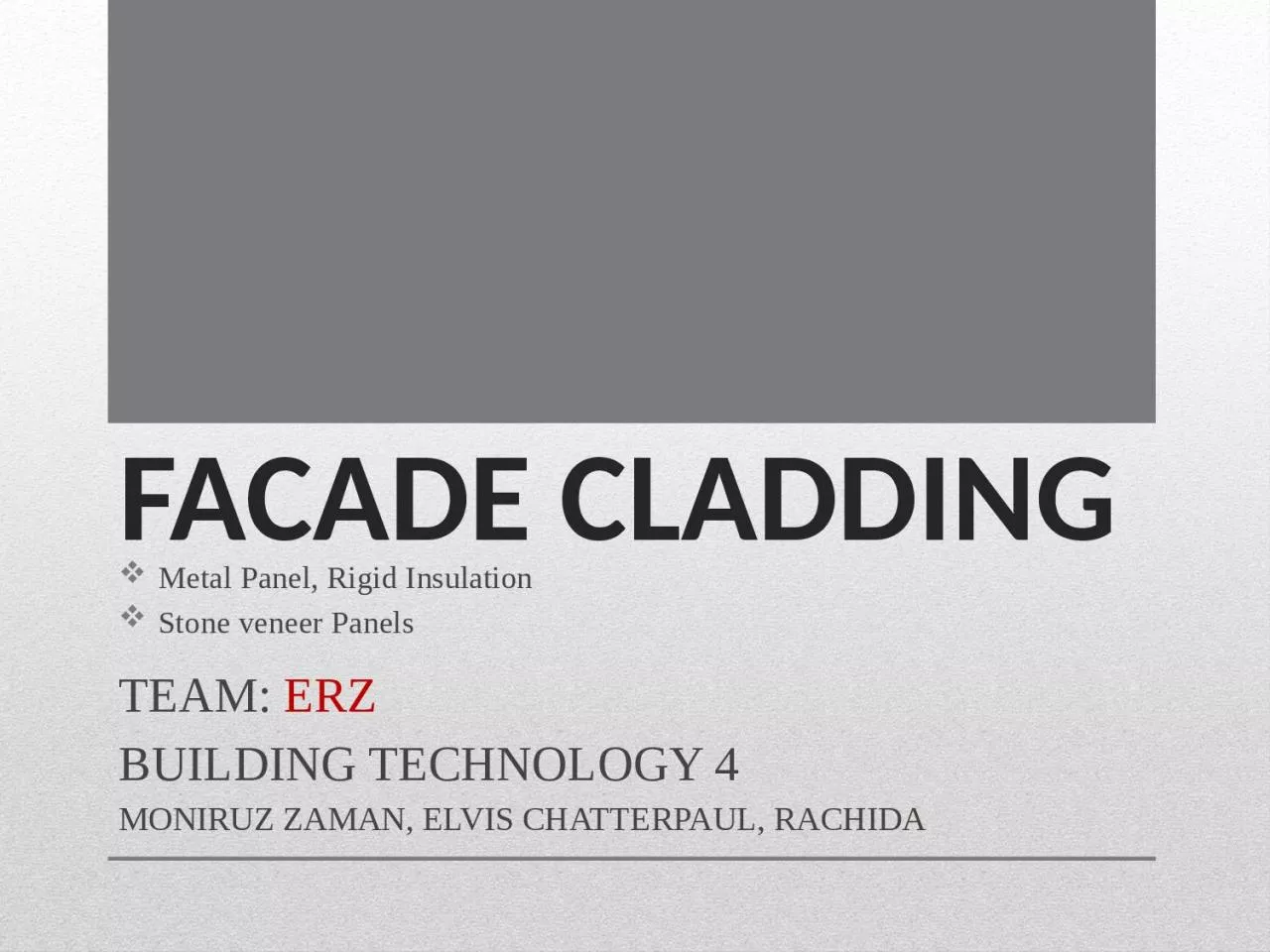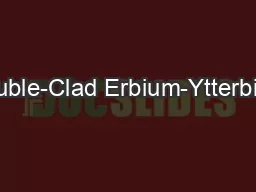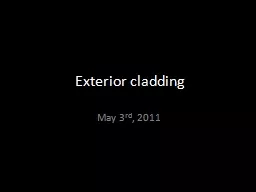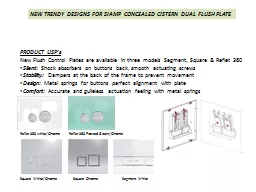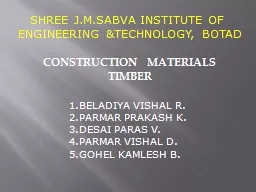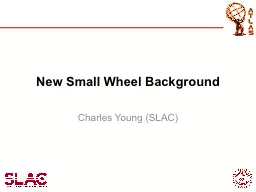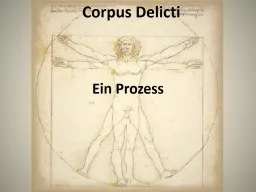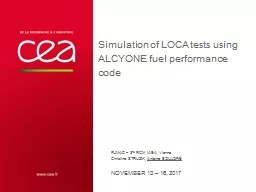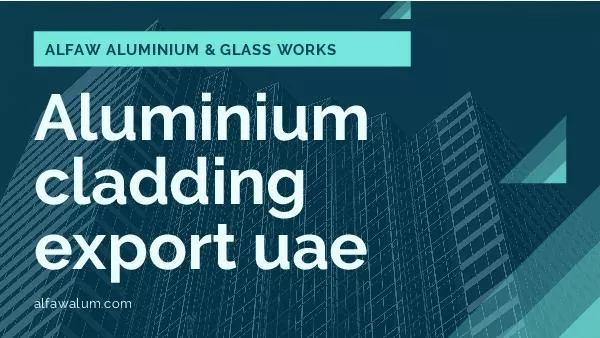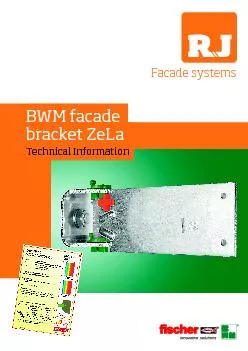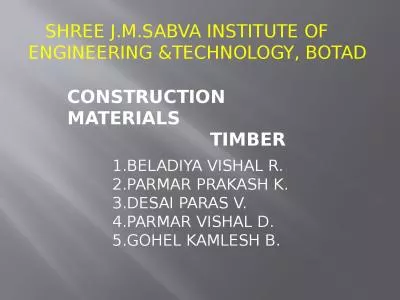PPT-FACADE CLADDING TEAM: ERZ
Author : anderson | Published Date : 2023-09-22
BUILDING TECHNOLOGY 4 MONIRUZ ZAMAN ELVIS CHATTERPAUL RACHIDA Metal Panel Rigid Insulation Stone veneer Panels AIR BARRIERS amp SEALANTS Insulated metal panels
Presentation Embed Code
Download Presentation
Download Presentation The PPT/PDF document "FACADE CLADDING TEAM: ERZ" is the property of its rightful owner. Permission is granted to download and print the materials on this website for personal, non-commercial use only, and to display it on your personal computer provided you do not modify the materials and that you retain all copyright notices contained in the materials. By downloading content from our website, you accept the terms of this agreement.
FACADE CLADDING TEAM: ERZ: Transcript
Download Rules Of Document
"FACADE CLADDING TEAM: ERZ"The content belongs to its owner. You may download and print it for personal use, without modification, and keep all copyright notices. By downloading, you agree to these terms.
Related Documents

